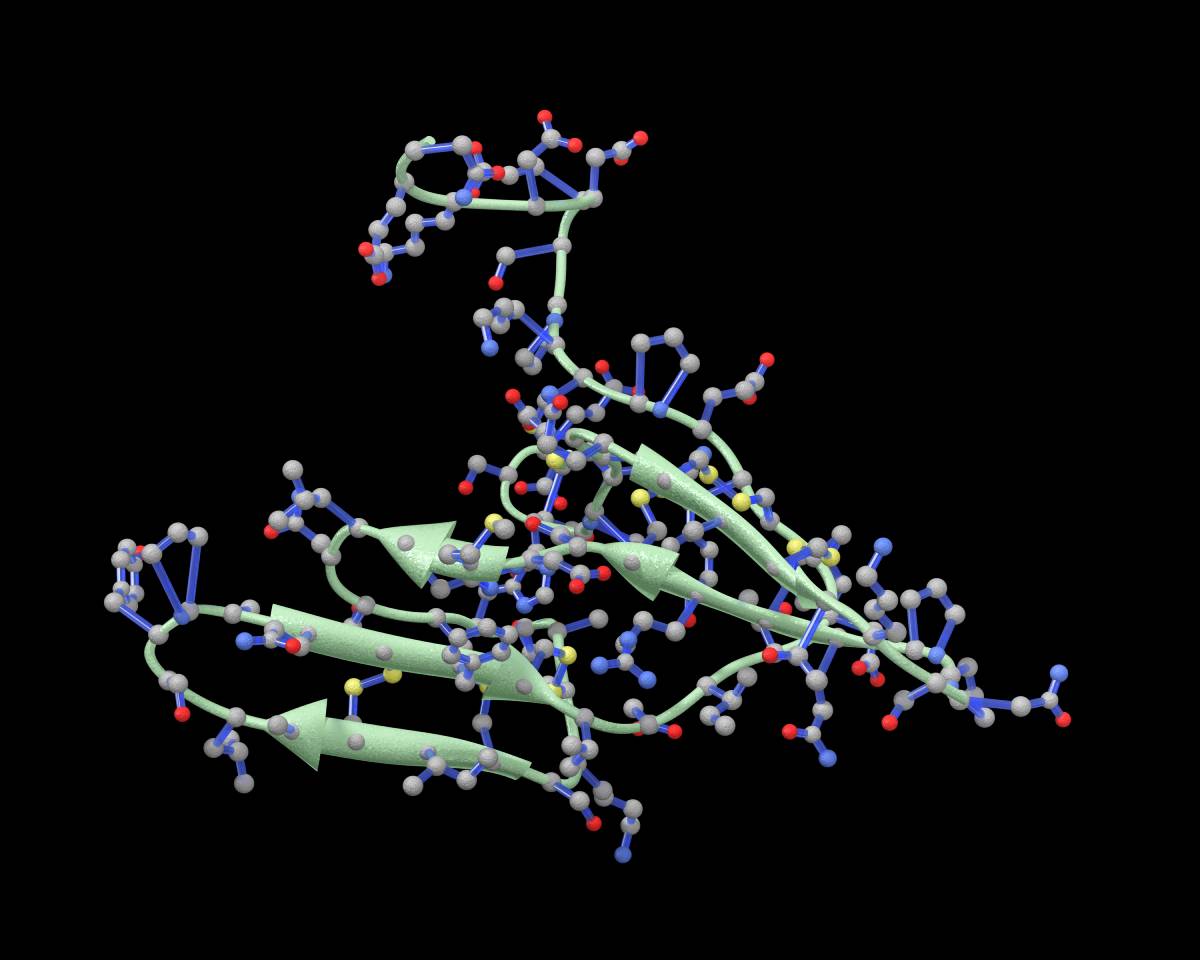Simnotrelvir vs. Paxlovid

In the ongoing Covid-19 pandemic, it is imperative to develop effective antiviral treatments to stop or reduce the progression of Covid-19 in patients. This is particularly important given the many short and long-term negative health outcomes associated with severe Covid-19. Among the many medications considered, two prominent drugs, Simnotrelvir and Paxlovid, have emerged. While both medications have shown promise in treating Covid-19, they have some important similarities and differences.
Simnotrelvir is a protease inhibitor found to have antiviral activity against SARS-CoV-2, initially evidenced in a phase 1B trial. During a phase 2-3 randomized controlled trial, researchers observed that early administration of simnotrelvir alongside ritonavir, another protease inhibitor, within 3 days of symptom onset shortened the time to symptom resolution compared to placebo (Cao, et al., 2024). Simnotrelvir operates by blocking the activity of an enzyme of the Covid-19 virus, which is essential for its replication. Consequently, by inhibiting this enzyme, Simnotrelvir impedes viral proliferation within the body, thus reducing the severity and duration of Covid-19 symptoms.
Paxlovid, developed by Pfizer, received emergency use approval for Covid-19 treatment in December 2021 (Islam et al., 2022). It was officially approved by the US Food and Drug administration (FDA) last May to treat patients aged 12 or older with Covid-19 who are at higher risk of progressing to severe COVID-19. Paxlovid is a combination of nirmatrelvir and ritonavir, administered as a three-pill regimen – two pills containing nirmatrelvir and one containing ritonavir. Typically, Paxlovid is administered twice daily for five days, for a total of 30 pills (Katella, 2024). It is recommended to initiate Paxlovid treatment within the first 5 days of symptom onset. Nirmatrelvir inhibits an enzyme the virus requires to replicate, and ritonavir helps decrease nirmatrelvir’s breakdown in the liver so it can fight the infection for longer (Katella, 2024). The synergistic action of the two medications in Paxlovid enhance its potency and effectiveness. While patients with immune, hepatic, or renal concerns should take caution when using Paxlovid, this drug is overall effective and has a reassuring safety profile (Islam et al., 2022).
The most prevalent adverse event that occurred in the simnotrelvir trial mentioned above was an elevation in blood triglycerides. However, this effect has also been noted in drugs similar to simnotrelvir, including nirmatrelvir, a constituent of Paxlovid (Islam, et al., 2024).
In terms of efficacy, both simnotrelvir and Paxlovid are helpful in mitigating the effects of Covid-19 in clinical trials. Initial Pfizer trials illustrated that participants receiving Paxlovid were 89% less likely to develop severe illness and death compared to controls. Furthermore, in a real-world study, Paxlovid recipients exhibited a 51% reduced hospitalization rate within the subsequent 30 days (Katella, 2024). Nevertheless, in a randomized controlled trial, researchers found that “Paxlovid showed no significant reduction in the risk of all-cause mortality … in hospitalized adult COVID-19 patients with severe comorbidities (Liu et al., 2023). In a trial comparing simnotrelvir plus ritonavir with a placebo, patients receiving the treatment experienced 1.5 fewer days of symptoms if they received treatment within 3 days of symptom onset, coupled with a decrease in viral load until day 9. Both drugs have considerable potential in alleviating the burden of Covid-19 on healthcare systems.
Considering the high cost and inherent inequities associated with nirmatrelvir, a key component of Paxlovid, it becomes imperative to explore alternative drug options to help patients with Covid-19, which is what has led to increased interest in simnotrelvir (Islam et al., 2024). Further real-world research is necessary to directly compare simnotrelvir with existing drug options.
Ultimately, both simnotrelvir and Paxlovid are great advancements in the fight against Covid-19. While they have a similar mechanism of action and have demonstrated efficacy in reducing the severity of COVID-19 disease, differences in availability and accessibility may influence how they are used and distributed across different regions of the world. It will take widespread, accessible distribution of these antiviral drugs and continued campaigns in vaccination and public health measures to overcome the challenges posed by the Covid-19 pandemic.
References
- Liu, Jiao et al. “Efficacy and safety of Paxlovid in severe adult patients with SARS-Cov-2 infection: a multicenter randomized controlled study.” The Lancet regional health. Western Pacific vol. 33 (2023): 100694. doi:10.1016/j.lanwpc.2023.100694
- Cao, Bin et al. “Oral Simnotrelvir for Adult Patients with Mild-to-Moderate Covid-19.” The New England journal of medicine vol. 390,3 (2024): 230-241. doi:10.1056/NEJMoa2301425
- Islam, Towhidul et al. “Comparative evaluation of authorized drugs for treating Covid-19 patients.” Health science reports vol. 5,4 e671. 13 Jun. 2022, doi:10.1002/hsr2.671
- Katella, Kathy. “13 Things to Know about Paxlovid, the Latest COVID-19 Pill.” Yale Medicine, Yale Medicine, 10 Jan. 2024, www.yalemedicine.org/news/13-things-to-know-paxlovid-covid-19.